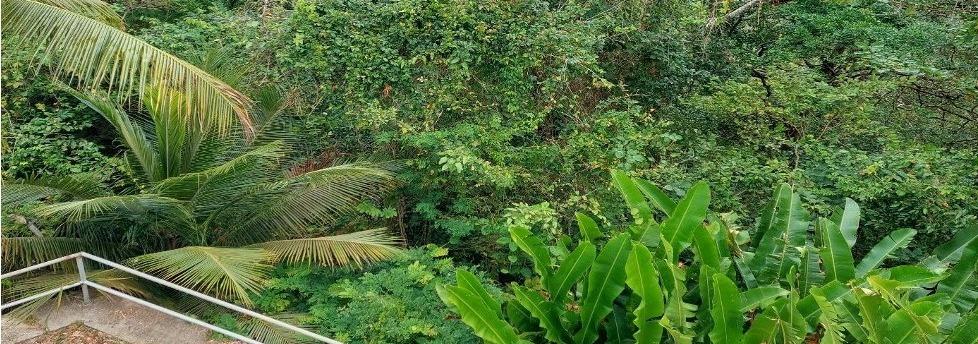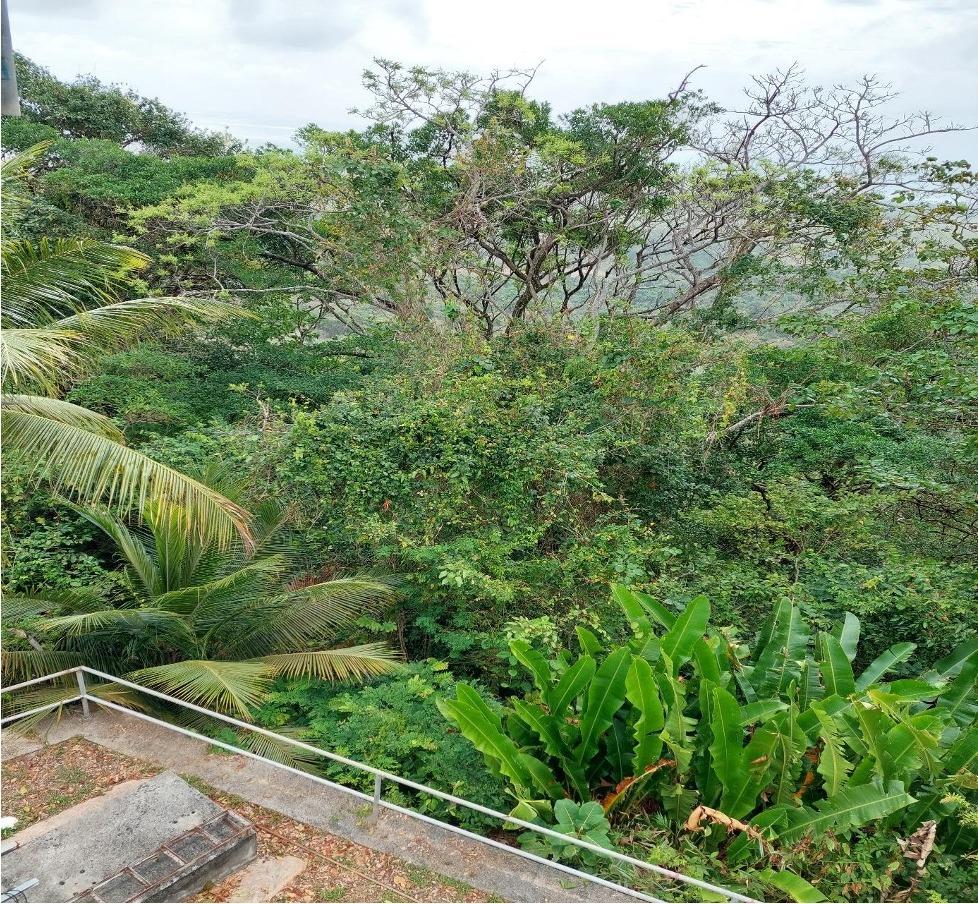Exploring Histories of Marronage

MPhil in World History student Aileen Alexis tells us about about her MPhil dissertation Bands of Brigands- A Historical Analysis of Runaway Slaves in Trinidad during British Colonization from 1797 to 1834, and about the postgraduate workshop she co-convenes with Darold Cuba and Marie Sklodowska-Curie European Fellow Dr. Ryan Espersen.
The early years of British colonization in Trinidad consolidated the colony’s transformation into a plantation society making enslaved labor a prevalent characteristic of the landscape. Among the enslaved captives, there was the ever-present desire for freedom. The desire for freedom manifested in the various acts of resistance engaged in by the enslaved Africans, from day-to-day acts of resistance to insurrections which challenged the systems of control within the plantation society. My MPhil dissertation, entitled, Bands of Brigands- A Historical Analysis of Runaway Slaves in Trinidad during British Colonization from 1797 to 1834, focuses on one form of resistance in Trinidad, the act of running away by enslaved Africans. Running away as an act of resistance held different meanings for the various social groups in the colony. Trinidad has often been neglected as a site within the discourses and research on maroon communities in the Americas. However, Trinidad had the highest proportion of maroons identified in the initial slave registrations in 1813. The earliest days of British colonization saw the prevalence of runaways among the enslaved population which continually gained momentum and by the 1820s became one of the most popular forms of resistance in the colony. This form of resistance was powerful in disrupting the power relations in Trinidad and was described by the power structure as a ‘chronic plague.’ My research employs both quantitative and qualitative data gathered from institutions in the United Kingdom and Trinidad and Tobago over the period of the master’s programme.
The study was guided by three overarching research objectives. The first was to ascertain the extent and nature of marronnage in Trinidad from 1797 to 1834. The second objective was to explicate the approaches and effectiveness of the slave owners and colonial authority’s responses towards this act of resistance. The final objective was to assess how Trans-Atlantic revolutionary currents affected the psyche and political discourses among the various social groups in the colony. I selected this research area because it allowed me to add to the literature on maroon communities in the Americas, which has generally been more focused on territories such as Jamaica, Brazil, and Colombia, all places which are or were home to large scale maroon communities. Even though Trinidad’s maroon landscape does not fit into the grand marronnage typology, the nuanced character of slave flight was an endemic and concerning feature that led to reactionary responses from the British officials in the metropole, the colonial authorities, and the planters of the colony. The activities of the runaways were of the greatest concern to the authorities because of the danger they presented to the colony. The revolutionary currents engulfing the Atlantic informed how any form of resistance within the newly acquired British colony was to be treated as the Haitian example and the proximity of Venezuela both presented threats because they provided inspirational examples to the enslaved population of the region. The protracted efforts of the runaways allowed for the refashioning of ideas surrounding captivity and offered new frontiers for freedom.

Image 1 is a picture of Brigand Hill, located off Plum Mitan Road in Sangre Grande. This site was once home to a band of formidable runaways in Trinidad, enduring until emancipation. This photo was taken by Aileen Alexis in April 2023 as part of a tour led by Professor Brinsley Samaroo to explore the site’s relationship to the runaways of the colony.
Description of the workshop:
The workshop co-convened by Aileen - the first of its subject group kind in the world at the university level - will address the growing need for research and academic discussion on marronage in the university and beyond. It reflects growing attempts to destabilize and challenge traditional geographies of historical research that have been influential across multiple disciplines and at Cambridge in particular over the past decades and provide a space for an eventual faculty research subject area in the “Histories of Marronage” while establishing a forum to supportively and critically engage with marronage research. It will also feature a weekly, term-time, podcast featuring interviews with presenters that will explore the remit of marronage history from a wide range of interdisciplinary and methodological backgrounds, where we’ll talk about each presenters’ current project, as well as their broader academic interests and approach to research life, an annual conference and a journal.
Aileen Alexis
